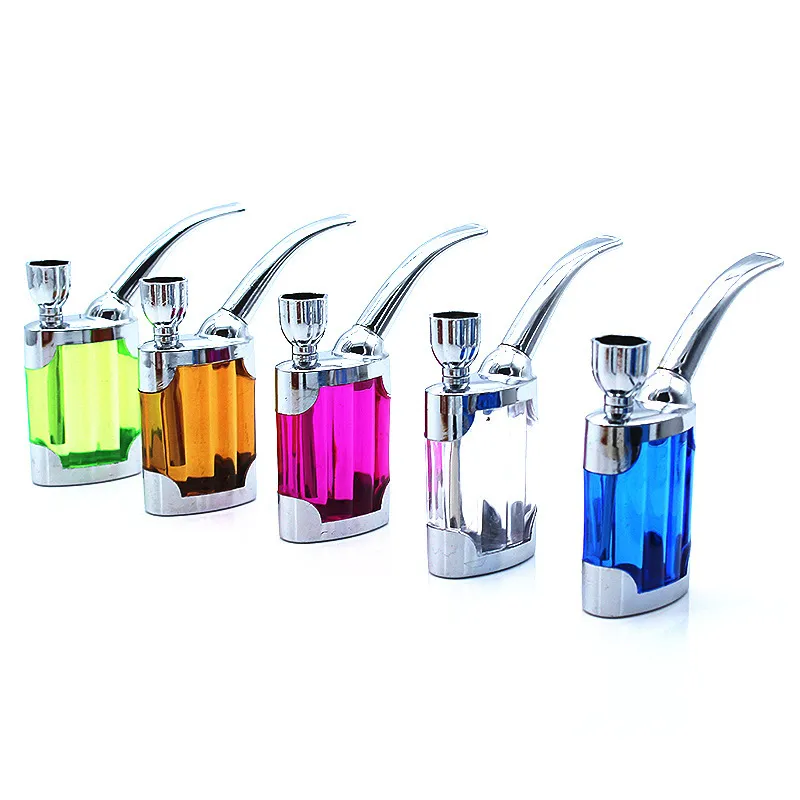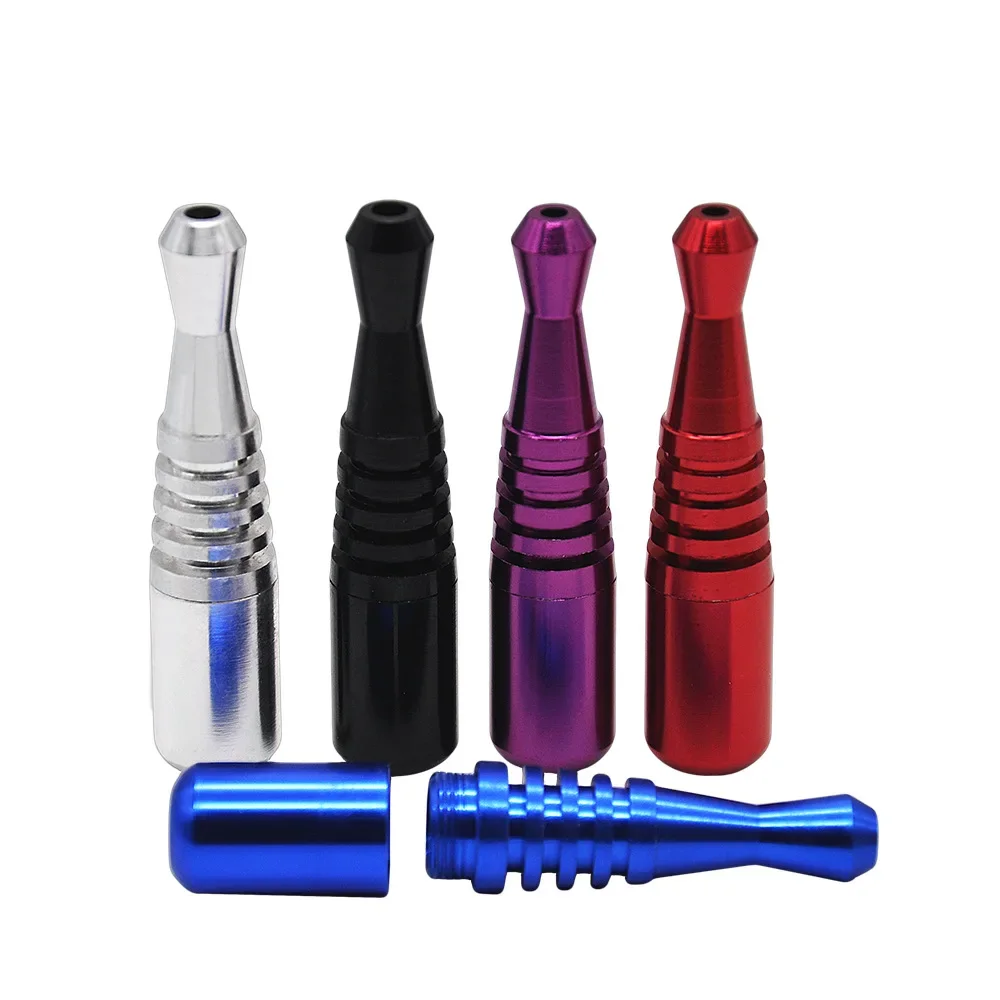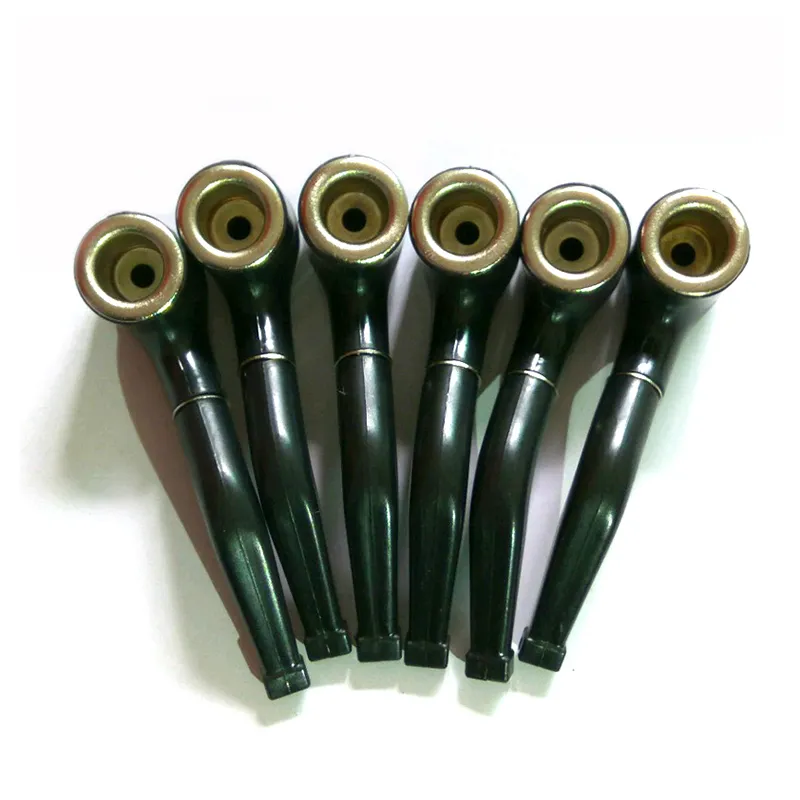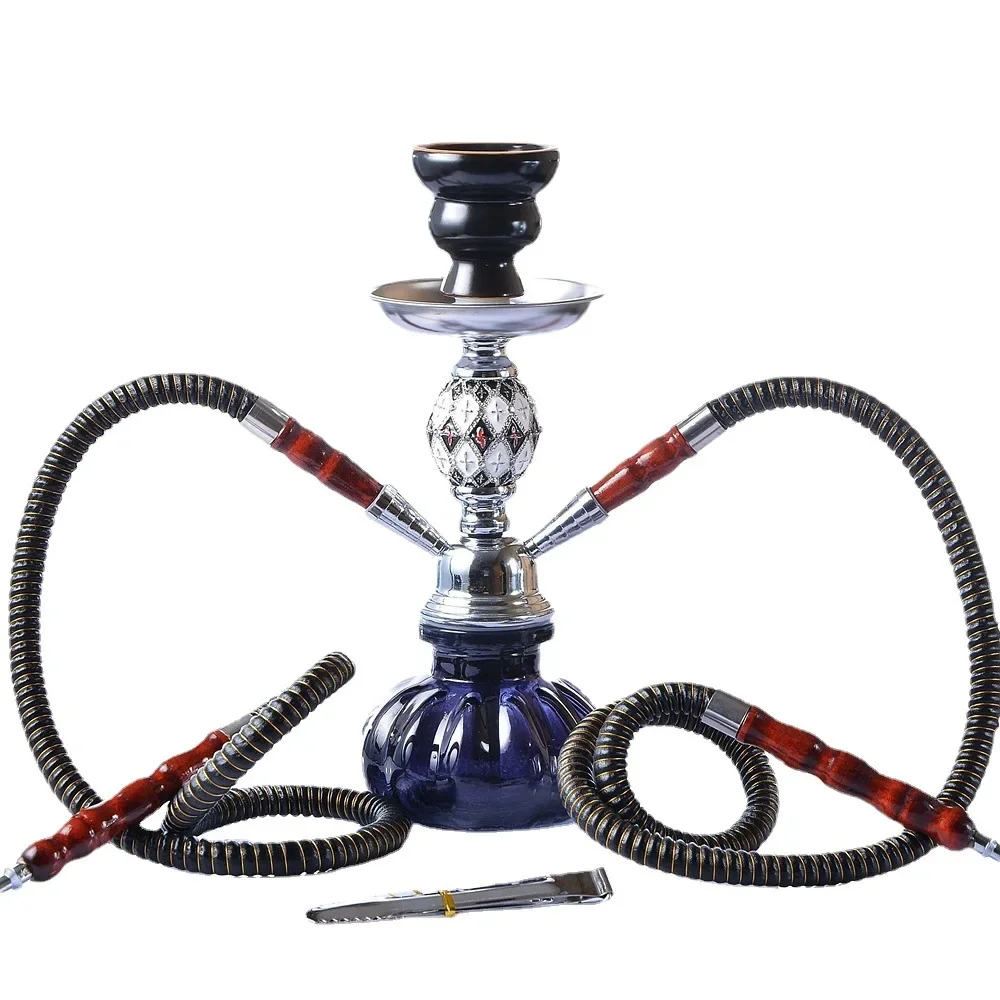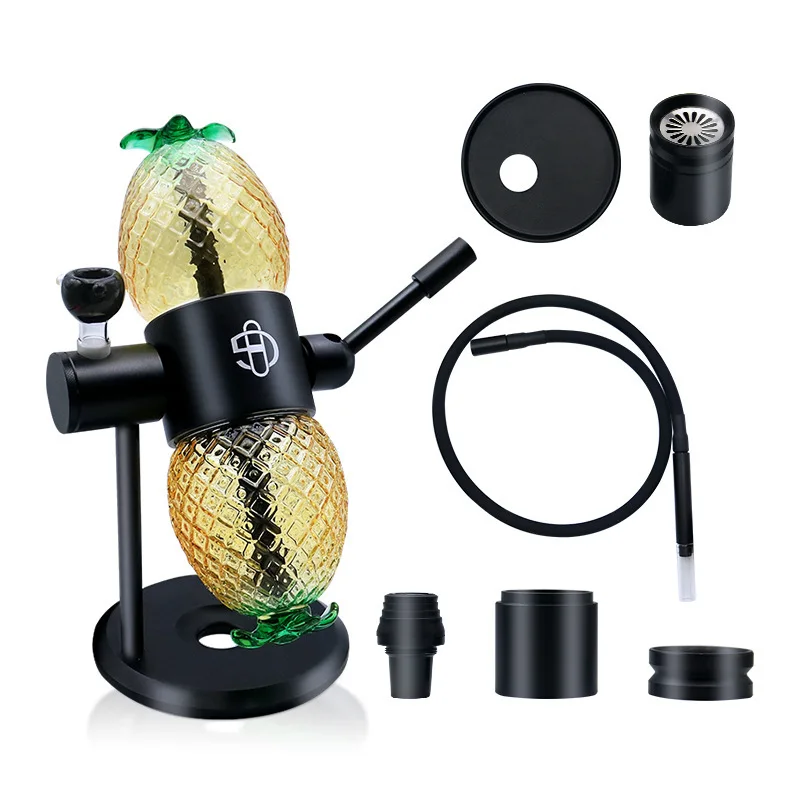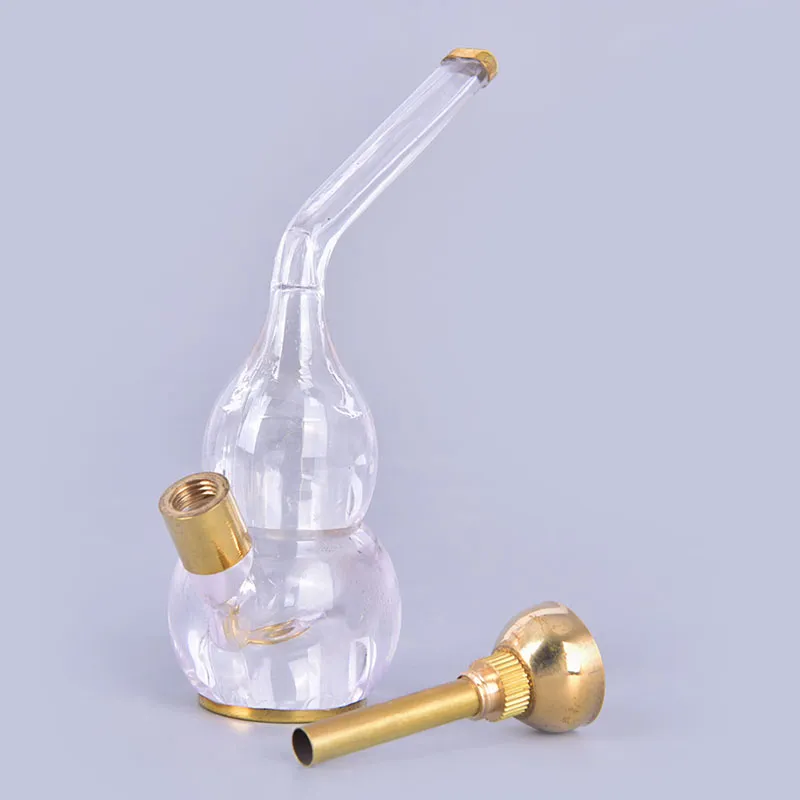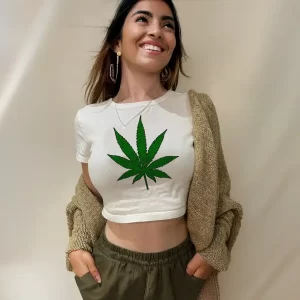In California, legal weed has been around for so long that it practically works as a spiritual category. That’s where the idea of being “Cali sober” came from: ditching alcohol but keeping cannabis, a kind of THC-powered “sobriety” that became a trend among celebrities, wellness influencers, and people who simply want to dodge a hangover without giving up the ritual.
And yes, there are studies showing that plenty of people are drinking less now that getting cannabis is as easy as getting a sandwich.
But is the substitution effect actually real? Is the Cali sober theory a cultural phenomenon… or a chemical one? To answer that question —and put the science on trial— a team at Brown University decided to make things (somewhat) simple: build a laboratory that looked exactly like a bar. Sofas, a counter, warm lighting and, most importantly, each participant’s favorite drink on a tray. Why? To see what people choose when alcohol sits on one side… and scientifically calibrated joints sit on the other. What pulls harder: THC or the urge to drink?
From the beginning, nobody on the research team was looking for miracle solutions. Lead investigator Jane Metrik made that clear right away. “We’re not ready to tell people seeking treatment for alcohol, go ahead and substitute cannabis, and it will work out for you,” she told NPR, drawing the line between public curiosity and clinical responsibility.
A Lab Turned Bar, With THC, Placebo Joints and Your Usual Drink
The study was rigorous and relatively large: 157 adults, all ages 21 to 44, people who drank heavily and also used cannabis at least twice a week.
The setup followed the scientific gold standard: a randomized, double-blind, placebo-controlled trial where neither participants nor researchers knew which joint was which in each session.
To recreate a setting that actually felt like a bar, the team obsessed over details. Metrik even spent hours going from liquor store to liquor store tracking down specific bottles so every participant would find exactly what they’d normally order. As she put it: “We wanted to make sure that, when given the opportunity, you would be really driven to drink”.
Each participant went through three different sessions, smoking:
- A high THC joint (7.2%)
- A low THC joint (3.1%)
- A placebo joint, with so little THC it didn’t produce effects
After smoking, each person had two hours inside the “bar lab” to either drink or not. Everything was, of course, monitored through cameras, sensors and strict protocols.
Drink… Or Get Paid for Abstaining
Behavior was measured through a classic research protocol: the Alcohol Choice Task. How does it work?
Each participant received small servings of their favorite alcoholic beverage, but they could also choose to earn a small amount of money for every drink they refused. The amount was intentionally low, just enough to capture behavior under temptation without pushing people one way or the other.
Besides, in each session, participants had access to enough alcohol to reach an estimated 0.1% blood alcohol concentration, above the legal intoxication limit in many states. This allowed researchers to measure meaningful consumption, not symbolic sipping.
So… What Happened After Those First Hits?
Now with the important bit: did drinking behavior actually change after smoking? Turns out, yes. Consistently so.
According to the results published in the American Journal of Psychiatry:
- With low-potency cannabis, participants drank 19% less alcohol than with placebo.
- With higher-potency cannabis, they drank 27% less, and also took longer to take the first sip.
- They also reported less immediate desire to drink after smoking.
As Metrik explains: “Instead of seeing cannabis increase craving and drinking, we saw the opposite.” This offers a key data point for the substitution theory: under certain conditions, THC appears to reduce short-term alcohol intake.
A Promising Sign, With Big Questions Ahead
Researchers see an important clue here, but also a potential risk. Metrik summarizes the finding by saying cannabinoids might have a therapeutic role for people with drinking issues… but she also insists that nobody should use cannabis as a DIY treatment. Long-term studies are still needed before making any claims.
Brown University has already launched a new clinical trial to study what happens when cannabis and alcohol are used together, not one after the other, and how different cannabinoids (like THC and CBD) shape that interaction. Science is only beginning to map out how these two deeply social substances coexist.
For now, one thing is clear: in a lab that looks like a bar, with low lighting, soft seating and a perfectly calibrated joint, people really do drink less after smoking. It’s not a solution, nor medical advice, nor a campaign. But it is a signal that maybe Cali sober isn’t just a TikTok trend: it’s something science is beginning to measure up close (with both a magnifying glass and a drink in hand).




